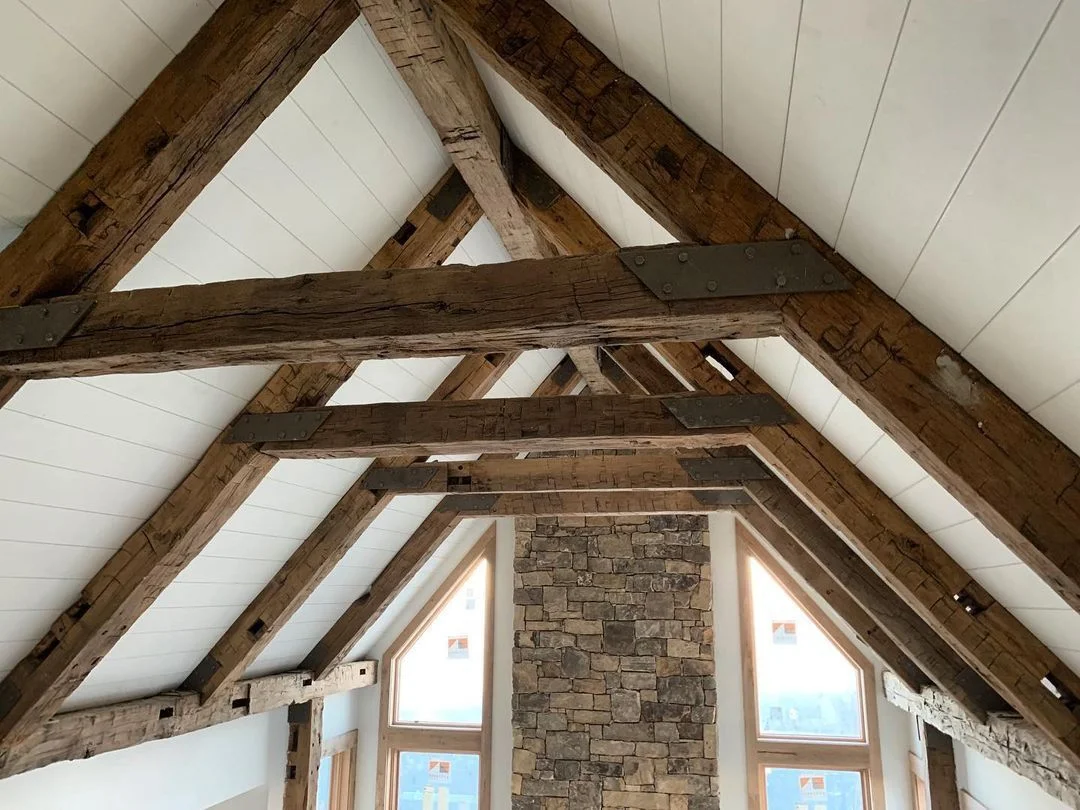Every house has its defining features, but one essential aspect that often goes unnoticed in the overall aesthetics and functionality of your home is your cabinet doors. Well-aligned, smoothly operating cabinet doors can significantly enhance the look and feel of your kitchen or bathroom. However, with time and use, they may require adjustments to maintain their perfect fit and function. This comprehensive guide will help you understand how to adjust cabinet doors effortlessly by yourself, saving you both time and money.
Importance of Cabinet Door Adjustment
Adjusting cabinet doors might seem like a small task, but its importance cannot be overstated. Over time, due to frequent usage or changes in environmental conditions, cabinet doors may become misaligned, leading to problems such as difficulty opening and closing and an unsightly appearance. Regular adjustment keeps your cabinet doors in perfect alignment, ensuring smooth operation while also enhancing the overall aesthetics of your cabinets. It is a simple fix that can significantly improve the functionality and appearance of your kitchen or bathroom.

Necessary Tools for Cabinet Door Adjustment
Phillips Head Screwdriver
The most essential tool you’ll need for adjusting your cabinet doors is a Phillips-head screwdriver. This tool fits into the cross-shaped slots of the screws on your cabinet hinges and allows you to tighten the screw or loosen them to make the necessary adjustments. It’s a standard tool found in most households, making this task relatively inexpensive and straightforward.

Other Potential Tools
Depending on the specific model of your cabinet hinges, you might need additional tools such as a flathead screwdriver or an Allen wrench. A level can also be useful to ensure your doors are perfectly horizontal and vertical after adjustment. Always refer to your cabinet manufacturer’s instructions for the appropriate tools.

Understanding the Types of Screws on Your Cabinet Door Hinges
Mounting Screws
Mounting screws are attached to the cabinet box. They are typically larger than adjustment screws and are not usually involved in the adjustment process unless the hinge itself needs to be moved. Ensuring these screws are securely fastened can help maintain the stability of your cabinet doors.

Adjustment Screws
Adjustment screws are the ones you’ll be working with when adjusting your cabinet doors. Depending on the type of hinge, you may have two or three adjustment screws. The lateral adjustment screw allows you to move the door from side to side. The height adjustment screw enables you to move the door up and down, and the depth adjustment screw lets you move the door inward or outward.

Initial Steps Before Adjusting Your Cabinet Doors
Inspecting the Doors
Before beginning the adjustment process, it’s important to carefully inspect your cabinet doors. Check for any visible damage to the hinges or screws. Loose or stripped screws may need to be replaced before you can properly adjust the doors. Also, note the way the doors are misaligned so you know which direction you need to adjust them in.
Check the Door's Opening and Closing Mechanisms
To understand what adjustments are necessary, open and close the door a few times to observe its movement. If it’s hard to close or doesn’t stay closed, the door might be too far out. If it’s scraping against the cabinet, it might be too far in. The door might be too high or low if it’s not level with the cabinet or other doors, and if it’s overlapping or too far from the adjacent door, the door might be too far to one side.
How to Adjust Your Cabinet Doors
Step 1: Locate the Adjustment Screws
Start by locating the adjustment screws on the hinge. They are usually set in a row and are smaller than the mounting screws. Make sure you identify which screw controls which movement (up and down, side to side, in and out) before you start making adjustments.
Step 2: Adjusting the Door from Side to Side
The door can be shifted to the right by rotating the lateral adjustment screws clockwise. Keep the door level by adjusting the top and bottom hinges in the same manner. Check the alignment after every quarter turn.
To adjust the door to the left, crank the lateral adjustment screw in the opposite direction of the clock. Repeatedly check the alignment and make sure the hinges are adjusted similarly to avoid over-adjustment.
Step 3: Adjusting the Door Up and Down
If the door is too low, you can raise it by tightening the height adjustment screw. This is usually done by turning the screw clockwise. Ensure that you adjust both hinges equally to keep the door level.
To lower the door, loosen the height adjustment screw by turning it counter-clockwise. Remember to adjust both hinges equally and check the door’s alignment after each adjustment.
Step 4: Adjusting the Door In and Out
If the door is sticking out too far, you can move it inward by turning the depth adjustment screws clockwise. As always, adjust both hinges equally and check the door’s alignment after each adjustment.
If the door is too far in and scraping against the cabinet, adjust the depth screw counter-clockwise to move the door outward. Again, remember to adjust both hinges equally and check the door’s alignment after each adjustment.
Step 5: Using Soft-Close Hinges
Soft-close hinges are frequently used because of the convenience and comfort they provide. In order to prevent the door from slamming shut, these hinges have a special mechanism. If your cabinet doors have soft-close hinges, you can alter the closing speed by adjusting the hinge’s adjustment screw. To quicken the closure, turn it clockwise; to slow it down, turn it counterclockwise.

How to Maintain Your Cabinet Doors
Regular Checks
To keep your cabinet doors functioning properly, it’s recommended to perform regular checks. Look out for signs of misalignment or difficulty opening and closing the doors. Regular inspection allows you to detect minor issues early and fix them before they become bigger problems.
Proper Cleaning
Apart from functional maintenance, ensuring the cleanliness of your cabinet doors also contributes to their longevity. Avoid using harsh chemical cleaners that might damage the finish of your cabinet doors. Instead, use a mild soap solution or a cleaner specifically designed for wood cabinets, if applicable.
Addressing Issues Immediately
If during your regular inspections you notice any issues with your cabinet doors, such as loose screws or damaged hinges, address these issues immediately. Neglecting such issues can lead to more serious and costly problems down the road, such as complete hinge failure.
If you want a more practical and aesthetically pleasing kitchen or bathroom, just adjust your cabinet doors. You may now confidently keep your cabinet doors aligned using this information and a Phillips-head screwdriver. Keep in mind that the best way to ensure that your cabinet doors last for many years is to check on them frequently and fix any problems that you find right away.






